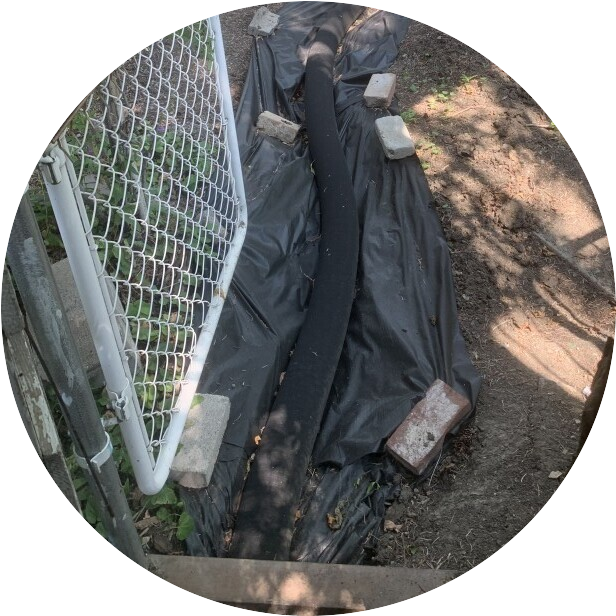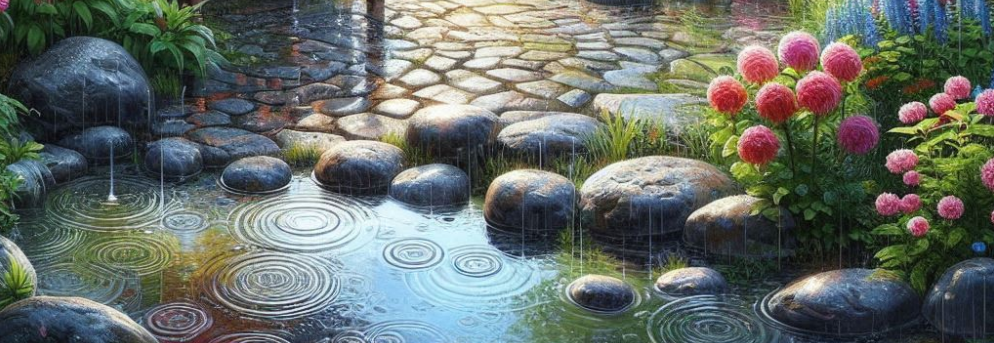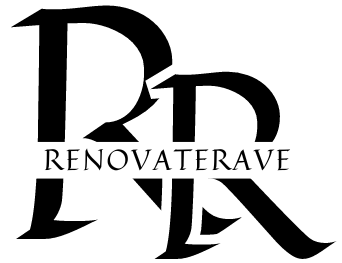“Well that was the last thing I needed” You may say to yourself as you walk down stairs one morning to see that torrential downpour had somehow made its way in your basement!
When was the last time you had checked your downspouts, gutters or any type of sinkage (dips in dirt or erosion) around the foundation of your home? Checking these areas at least once a year will ensure you’re home is water tight and ready for that next downpour without have any wet visitors hanging around. When checking the gutters and down spouts and the grading around the home make sure you are looking for any broken pipes, or clogs or any type of erosion from the dirt, sand or gravel that surrounds your foundation that may direct water toward your home instead of away from it.
Did you know that a good drainage system could save you a lot of hassle and headache? But how exactly does a drainage system save the day? First off, it directs water away from your home and your precious garden. This means your foundation stays strong, and your basement remains the chill space it’s supposed to be, not a mini swamp. Plus, it helps prevent soil erosion which can mess with your landscaping and create big gaps around your home.
Then there’s the health factor. Stagnant water and excess moisture can lead to mold and mildew, which isn’t just gross but can also affect your health. No one wants those sneaking into their living space. Proper drainage keeps mold at bay, ensuring you breathe easy and live healthy.
Now this may be a bit of a shocker but did you know a well thought out drainage system will also increase the outside esthetics of your home? A well-maintained exterior adds serious value to your property. People love to see a house that doesn’t have water issues. It boosts the overall appearance of your home and can even increase its market value. Who wouldn’t want to invest in a home that looks great and has proper water management?
So, in summary, the right drainage system involves more than just pipes and slopes. It’s about creating a safe, long-lasting environment for you and your family. Water can be a sneaky enemy, but with the right setup, you’re setting your home up for success.
Types of Outside Drainage Systems
Everyone likes options, right? Well, when it comes to outside drainage systems, there’s more than one way to keep your home dry and pristine.
Surface drainage systems do the trick when you need to quickly remove water from the ground’s surface. Think of this as the frontline troops in your drainage army. These systems include gutter systems, channel drains, and surface contours that direct water away efficiently.
Subsurface drainage systems work underground to manage water levels. These snakie super-heroes prevent water from seeping into your foundation. Often involving perforated pipes buried beneath the soil, these systems move water away from your home and out to a safer area.

Grading solutions are about reshaping the land around your home so that water flows where you want it to go. This might involve adding soil to create slopes or reconfiguring the landscape to ensure water doesn’t pool around your foundation.
Drainage pipes and trenches can also help in directing water away. Simple yet effective, these are essentially channels that funnel water from one area to another. With proper installation, they’ll be out of sight and out of mind, doing the heavy lifting without you ever noticing.
French drains are a popular and stylish option for many homeowners. These consist of perforated pipes wrapped in landscaping fabric and surrounded by gravel. They’re designed to collect and divert water away from problem areas, blending seamlessly into your yard.
Dry wells take it a step further by absorbing the water and slowly allowing it to percolate into the surrounding soil. These are especially useful in large properties or areas with heavy clay soil, where quick drainage is essential.
Retaining walls with drainage built-in can double as both a structural and drainage solution. By incorporating drainage into the design, these walls prevent soil erosion and manage water flow, protecting your landscaped areas.
Best Practices for Installing and Maintaining Drainage Systems
Knowing your property’s drainage needs is where it all begins. A thorough assessment helps you figure out the weak spots and potential problem areas. You might need a professional to take a look, or if you’re handy, you can do a DIY inspection. Look for places where water pools and the overall slope of your yard.
When it comes to installation, going pro might be worth it. Sure, DIY can save some bucks, but a pro ensures everything’s done right. Red flags to keep an eye on include uneven grading, improperly installed pipes, and blocked systems. Any mistakes here could result in costly fixes down the line.
Routine check-ups and maintenance are key. Just like you’d service your car, your drainage system needs regular love. Clean out gutters, clear debris from drains, and inspect for any signs of wear and tear. Catching issues early can save you from big headaches later.
Considering cost can’t be avoided. Budgeting for a drainage system might seem hefty initially, but the payoff in preventing water damage is massive. Think of it as an investment in your home’s long-term durability. Compare materials and methods to find the best value for your buck.
Choosing the right materials is another biggie. Lining trenches with proper fabric, using high-quality pipes, and opting for reliable fittings can make a huge difference. These details ensure your system runs smoothly and lasts longer.
Avoiding common pitfalls is critical. Don’t ignore small issues, thinking they’ll go away. A minor blockage can become a major problem if left unchecked. Make sure to handle soil erosion, unhappy plant roots, and cracks in structures as soon as you notice them.
Lastly, consider sustainable solutions. Green options like rain gardens or permeable pavers not only help manage water but also benefit the environment. These options can be both functional and beautiful, adding an eco-friendly touch to your home.


I really enjoyed your article on the benefits of proper outside drainage systems! It’s amazing how something so often overlooked can have such a big impact on our homes and the environment. I completely agree that good drainage not only prevents water damage but also protects our landscapes and gardens.
One point that stood out to me was how effective drainage can enhance property value. It makes perfect sense—no one wants to buy a home that’s prone to flooding or water issues. Plus, it’s great to think about how these systems can help manage stormwater runoff, which is so important for our communities.
I’m curious, in your experience, what are some common misconceptions people have about drainage systems? I’d love to hear your thoughts!
Hello Maxon,
I think that one of the biggest misconceptions is that a drain system is supposed to be a ugly looking pipe sprouting from your house in some way, A lot of people don’t realize there is a lot of things you can do to dress it up and add so much more value to your home. Thanks for the comment!
Happy DIY’ing!
Totally get the frustration of unexpected water damage!
Your tips on regular checks and the importance of drainage are spot on. Preventing mold and protecting property value are key.
Curious, how can we spot early signs of drainage issues? And any budget-friendly tips for maintaining such systems would be great. Thanks for the insights!
Hello Shaun, yes water is very sneaky!!! I always check to see if there is pooling or if puddles tend to linger around any structures, if the area is just dirt, the easiest and most cost affective would be to re grade the area this can be done with a dirt rake no need for special equipment, depending on how much the solid has eroded you may have add more dirt to the area.
Another cost affective way is to make sure your down spouts are not clogged up, and they are pointing away from the foundation of your home. If you need to extend the pipe these are fairly inexpensive and can be found at most hardware stores.
Thank you for your comment Shaun and happy DIY’ing!